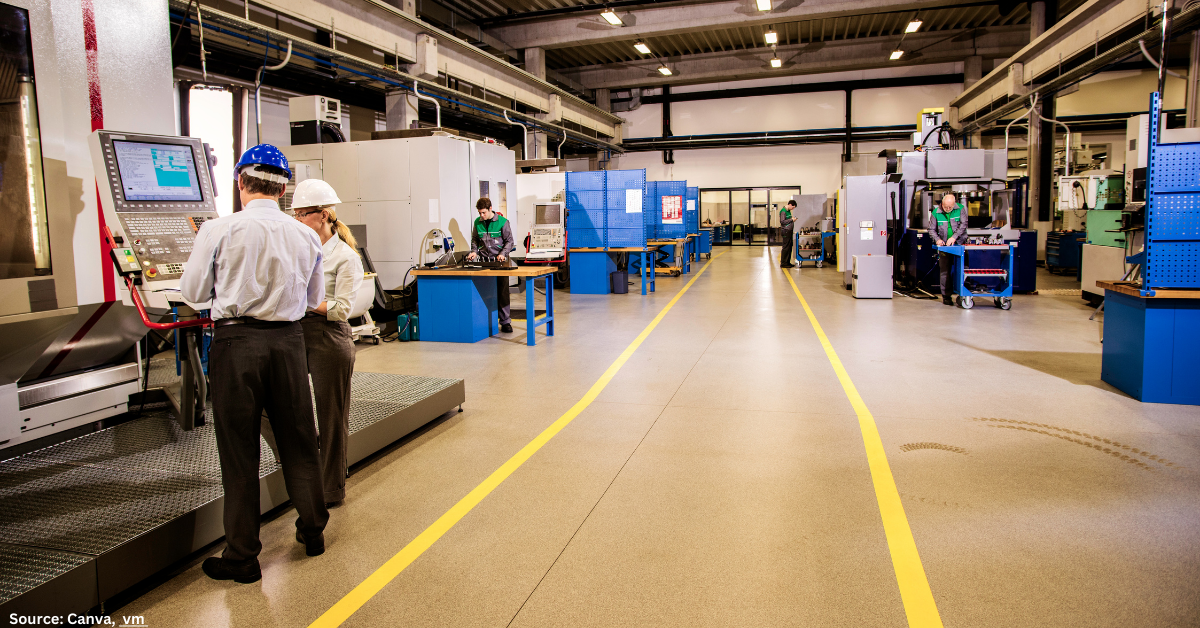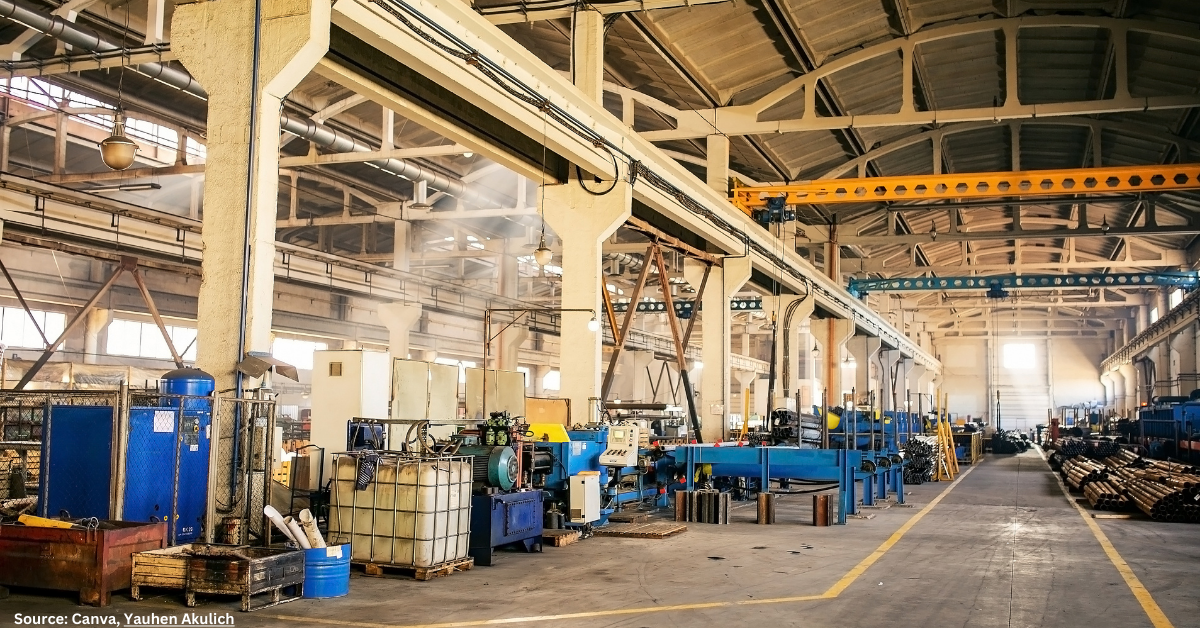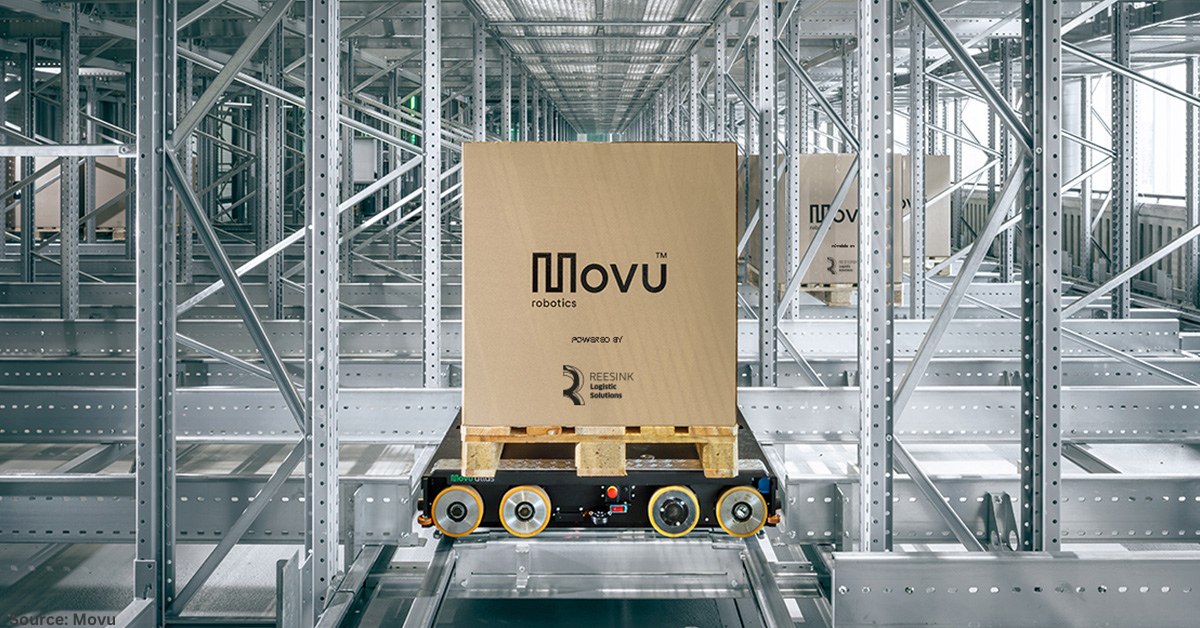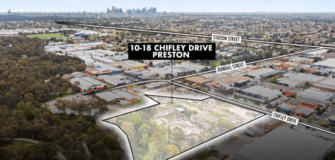Ensuring supply chain resilience and efficiency, while addressing complex and nuanced markets, is a struggle. Stuart O’Neill, APAC MD for Coupa, explains that traditional methods must give way to modernisation.
Pre-pandemic, globalisation had already impacted product availability and lengthened fulfillment times in many supply chains. Geo-political challenges have already made the need for diversification very clear. Changing weather patterns and unforeseen regional or world events will continue to challenge production and supply networks. There’s a lot to contend with, and the pandemic revealed that most supply chains weren’t prepared to manage the ripple effects of global disruption.
Options for Nodes, Modes and Flows
The ideal situation is one where you have alternative suppliers at each node, local and regional redundancies, mode options and back-up plans, as well as flexibility when it comes to the various flows involved. But options aren’t enough.
Resilience in the face of disruption also requires agility. Organisations need a fast and data-driven means to determine risk exposure level, consider substitutions, evaluate inventory, enhance network resilience, and create a framework for more rapid, more intelligent decision making.
Related: Building Supply Chain Resilience through Internet of Things (IoT)
You Can’t Set it and Forget it
We are not talking about a one-off exercise or even a project-based activity to be re-assessed and adjusted at regular intervals.
Continuous Design is the development and ongoing refinement of optimal supply chain structures, policies, and flows. This is done using analysis and scenario planning, and simulation with end-to-end digital models.
Digital Twin – the Enabler of Continuous Design
You don’t have to design in a vacuum based on untested hypotheticals. By combining the expertise of key personnel with relevant data sources, a supply chain digital twin, AI and algorithms, companies can test scenarios and evaluate the impacts of decisions before executing them.
The digital twin, or digital replica of the physical supply chain, is an always-on reference model you can use to recreate your supply chain in the virtual world. It allows you to test scenarios in a risk-free manner, and visualise all nodes, flows and policies, to learn how decisions will impact the network operations.
Wondering how the decision to only work with sustainable suppliers, or to reduce emissions by making changes to delivery methods will impact availability of components and time to market? Run the possible scenarios through the digital twin to test, assess the trade-offs and make adjustments. Need to weigh up the pros and cons of various potential back-up suppliers as you diversify in preparation for further disruption? When this process is supported by algorithms and modelling, planners can spend less time investigating options and make decisions more rapidly.
Silos are Obstacles
The most successful organisations will eliminate functional and data silos between finance, procurement, marketing etc., because they are barriers to continuous design. Capabilities must be aligned to business priorities and the necessary roles must be able to collaborate freely. You need a community of supply chain decision-makers that can learn, plan and execute together.
Value Creation and Resiliency
Supply chain design has moved beyond the practices of cost and efficiency. Supply chain resilience for the near term and the long term requires a focus on value creation, ongoing reviews, and multi-sourcing. The best decisions require the right balance of profitability, service, risk, and sustainability.
When supply chains are designed to adapt and evolve, organisations are prepared to make tradeoffs, optimise policies, simulate situations, and accelerate the time between making and executing decisions. This builds resiliency and enables the supply chain to respond to whatever disruption is on the horizon.
This may be a challenging transition for many supply chain leaders, but it’s also an opportunity. Market leadership is often forged during times of disruption, and business leaders who drive successful supply chain transformation can outmanoeuvre their peers.























































Follow us on social media